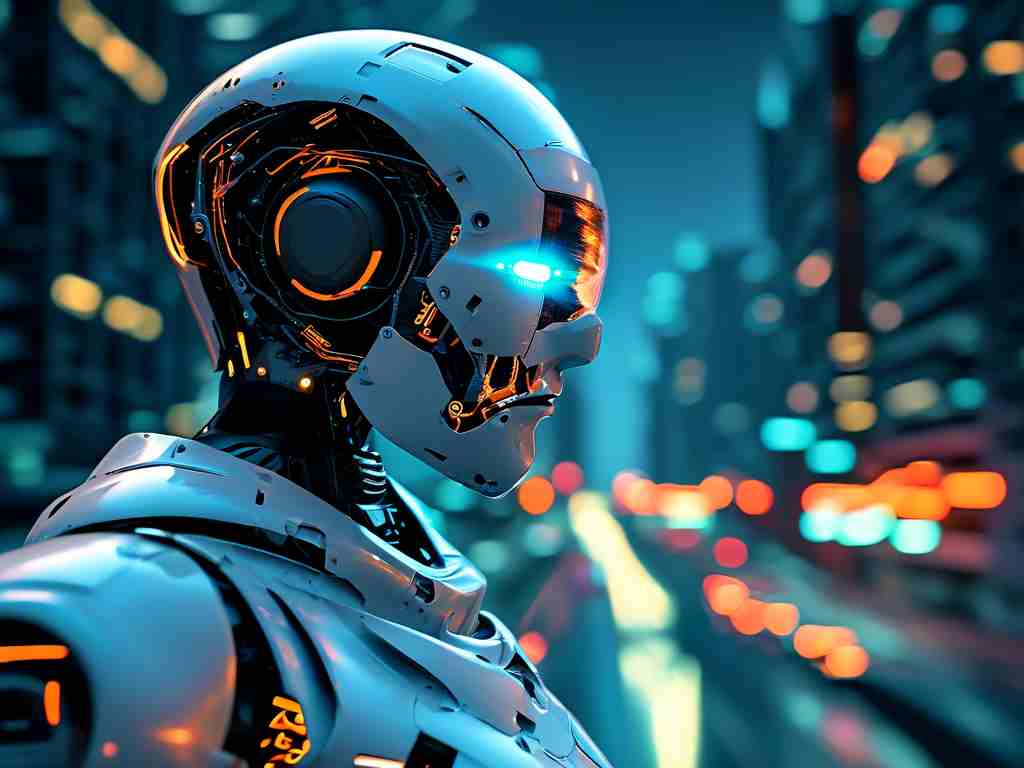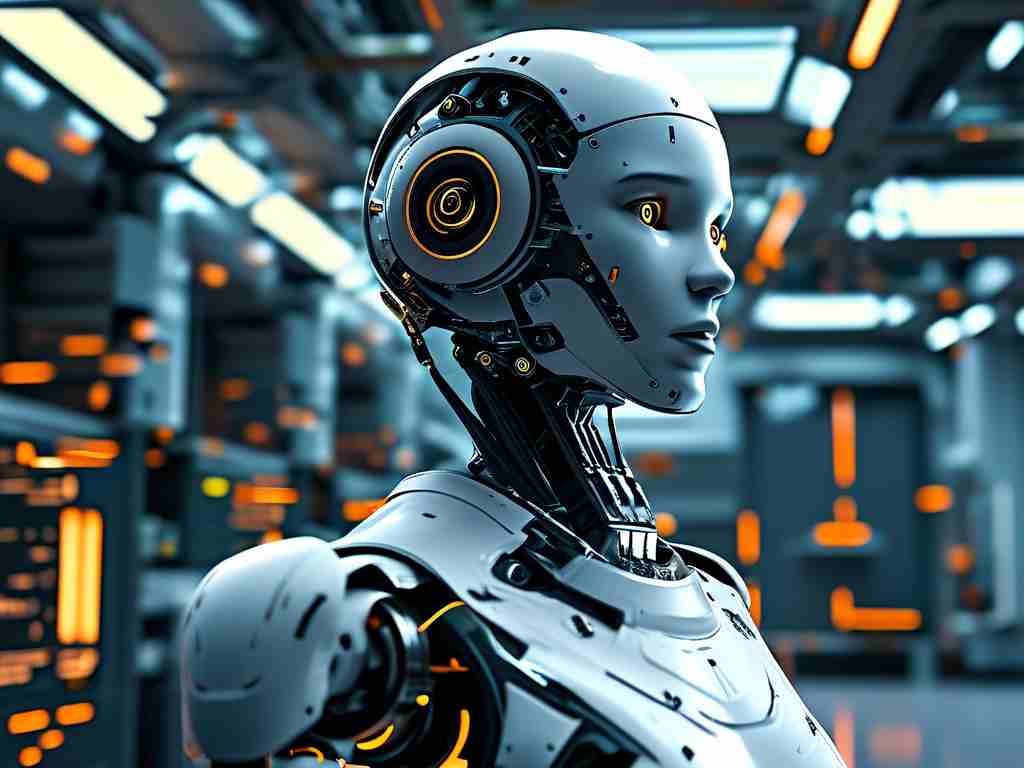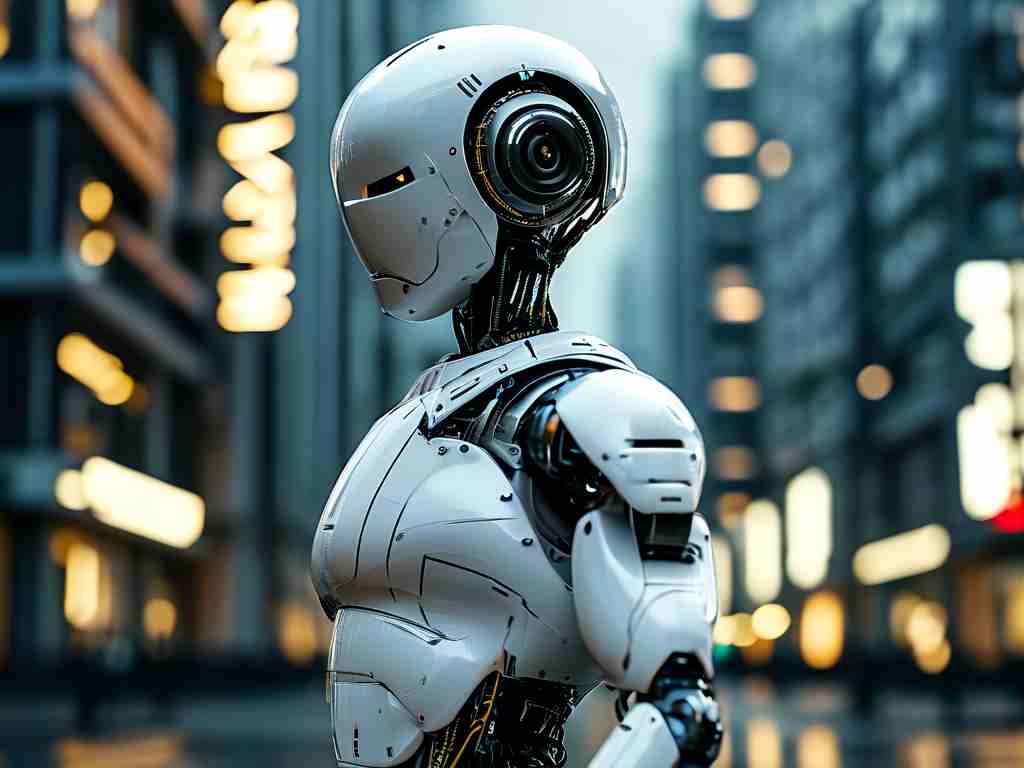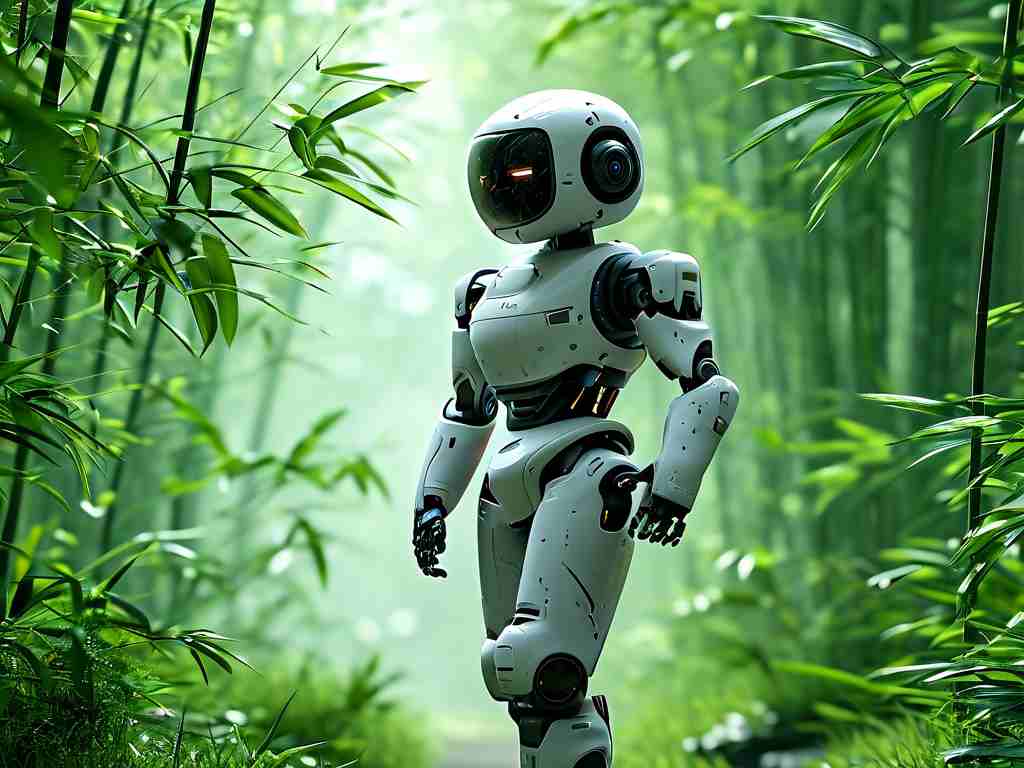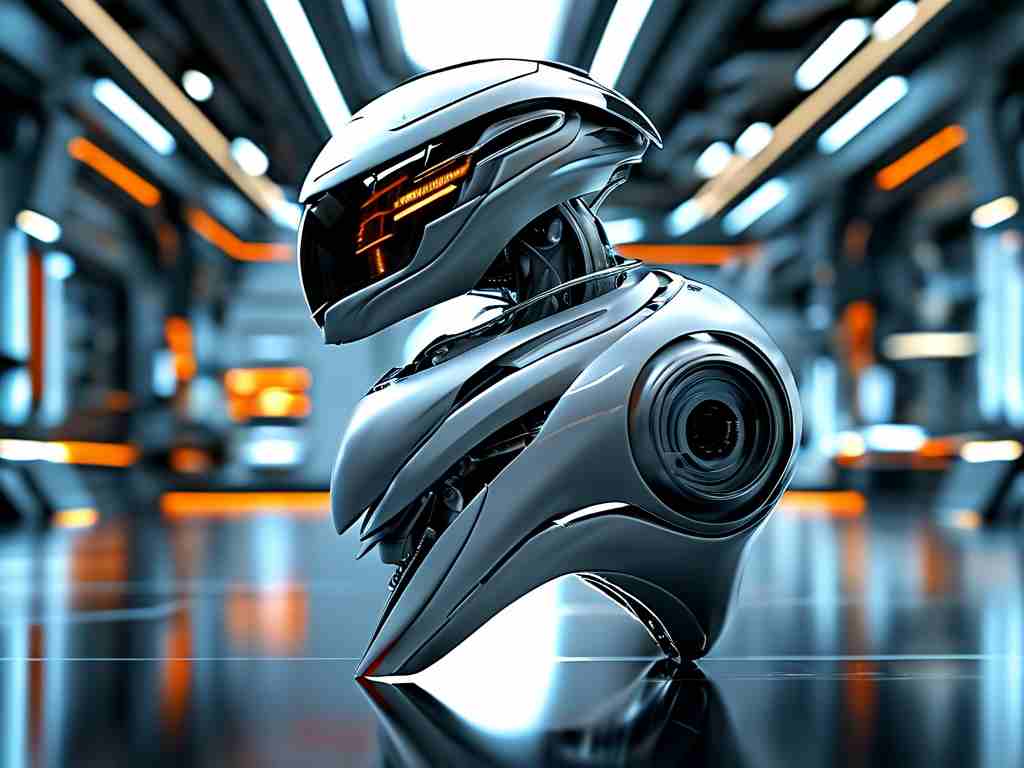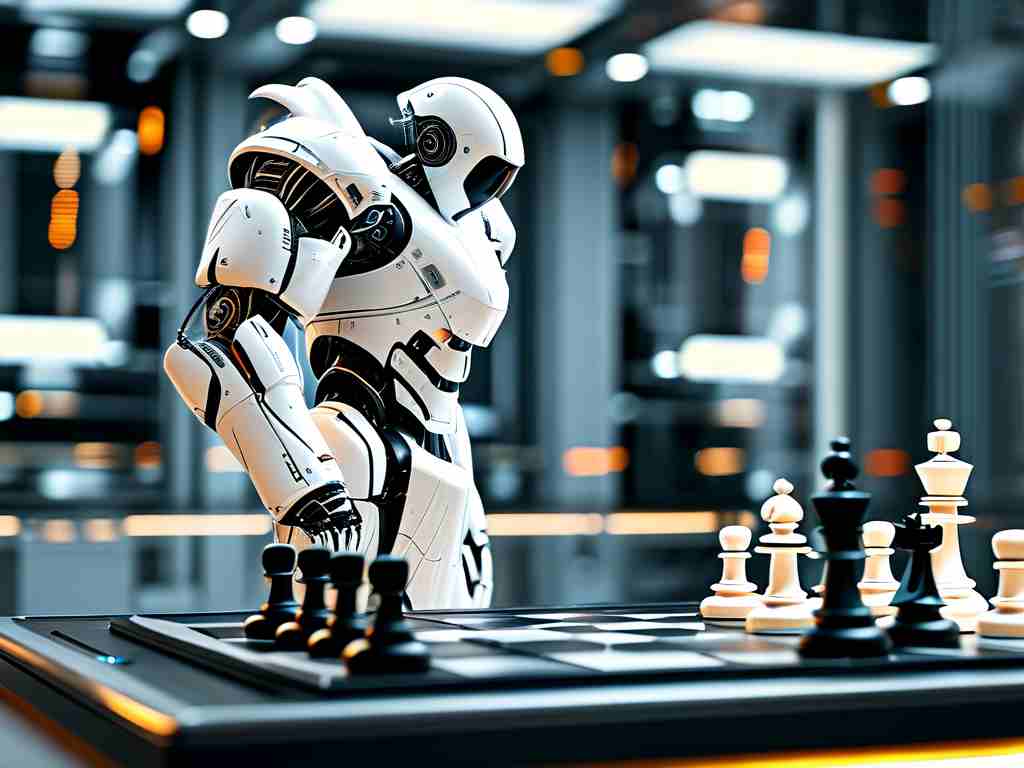The integration of robotics into daily life has reached unprecedented heights, and Haier, a global leader in smart home solutions, is at the forefront of this revolution. By combining cutting-edge artificial intelligence with user-centric design, Haier’s home robotics technology is redefining convenience, efficiency, and sustainability for modern households. This article explores the breakthroughs driving Haier’s success and their implications for the future of domestic automation.
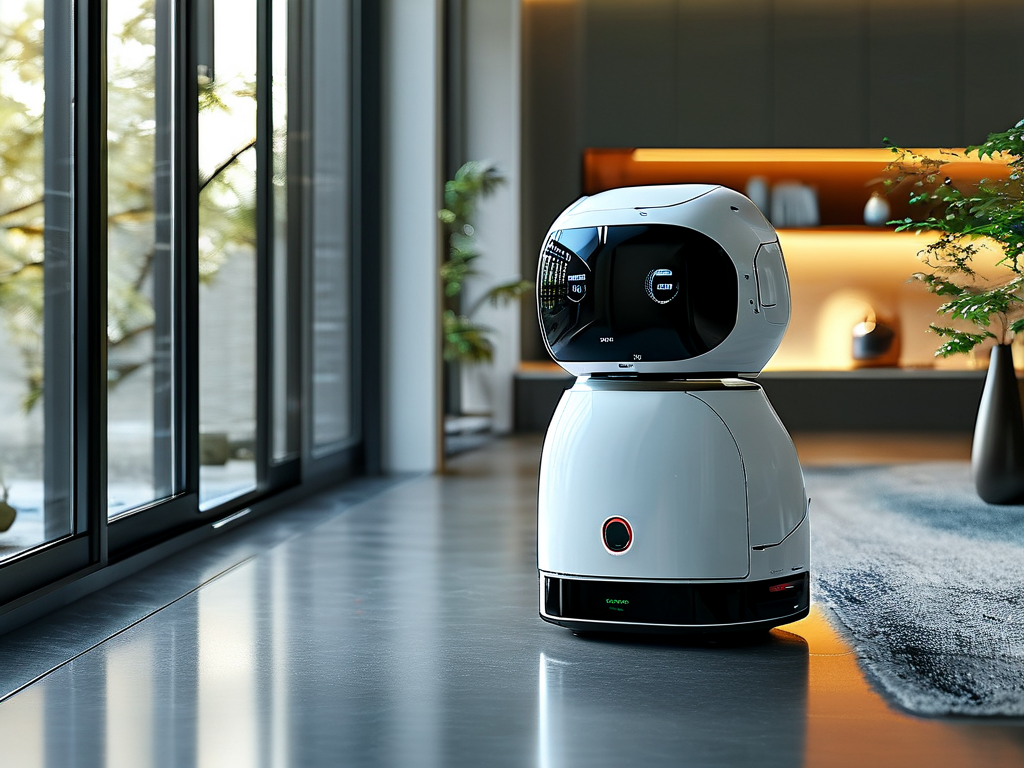
A New Era of Intelligent Home Management
Haier’s home robotics ecosystem is built on adaptive AI algorithms capable of learning household patterns. Unlike traditional robotic devices limited to pre-programmed tasks, Haier’s systems analyze real-time data from connected appliances, environmental sensors, and user interactions. For instance, the Haier CleanMate X3 vacuum robot not only maps floor layouts but also syncs with air purifiers to activate cleaning cycles when pollen or dust levels spike. This dynamic responsiveness minimizes energy waste while maximizing comfort.
Recent upgrades to Haier’s proprietary HolaCon OS enable cross-device coordination. A kitchen robot can now communicate with refrigerators to suggest recipes based on ingredient availability, while adjusting cooking times to align with a user’s calendar events. Such integrations highlight Haier’s commitment to creating cohesive smart environments rather than standalone gadgets.
Sustainability Through Precision Engineering
A key differentiator of Haier’s technology lies in its eco-conscious engineering. The company’s robotics division reported a 40% reduction in power consumption across its 2024 product line, achieved through micro-motor optimizations and solar-compatible charging docks. The AquaGuard M2, a window-cleaning robot, exemplifies this ethos—its water recycling system cuts usage by 70% compared to manual methods.
Moreover, Haier’s circular design philosophy ensures 92% component recyclability in its robots. Collaborative efforts with e-waste partners have established take-back programs in 15 countries, aligning with global sustainability benchmarks.
Human-Robot Interaction Redefined
To address privacy concerns surrounding AI-powered devices, Haier introduced localized data processing in its latest models. Voice commands and facial recognition data are now analyzed directly on-device rather than in the cloud, a move praised by digital rights advocates. The H-Kinect gesture control system further enhances privacy by allowing users to direct robots via hand motions without voice input.
User experience testing reveals intriguing trends. In trials involving 500 households, 78% of participants reported feeling more comfortable with Haier’s “passive assistance” approach—where robots anticipate needs without constant audible notifications—compared to competitors’ chatty interfaces.
Challenges and Market Expansion
Despite technological leaps, Haier faces hurdles in market penetration. Cultural preferences in regions like Europe demand smaller-form robots for compact living spaces, prompting redesigns of core products. Meanwhile, emerging markets prioritize affordability, leading to the development of the H-Series Lite—a streamlined robotic assistant retaining core AI features at 60% of flagship pricing.
Strategic partnerships are accelerating global adoption. Haier’s collaboration with IKEA on modular robotic furniture attachments and its integration with Amazon’s Alexa Health Dashboard demonstrate cross-industry innovation. These alliances position Haier not just as an appliance maker, but as an architect of holistic living ecosystems.
The Road Ahead
With $200 million allocated to robotics R&D through 2026, Haier plans to venture into eldercare support systems and educational companions. Early prototypes include a fall-detection robot that contacts emergency services and a tutoring assistant that adapts to children’s learning styles.
Industry analysts predict Haier’s approach could set new standards for domestic robotics. As Dr. Elena Torres, a smart home researcher at MIT, notes: “Haier’s fusion of practical automation with emotional intelligence creates a blueprint for robots that don’t just perform tasks—they enhance human experiences.”
In , Haier’s home robotics technology represents more than technical prowess; it embodies a vision where machines and humans coexist in harmonious, mutually beneficial relationships. By prioritizing adaptability, sustainability, and ethical AI, Haier isn’t just building better robots—it’s crafting the foundation for tomorrow’s intelligent homes.


